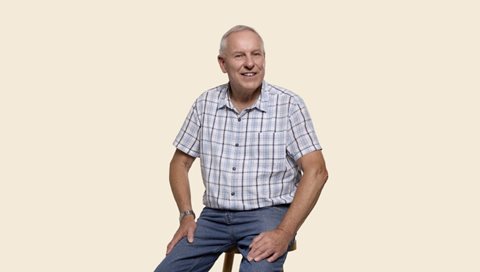
Can you use your super to help buy your first home?
| Contributions that are eligible | Contributions that aren't eligible |
|---|---|
|
|
| Pros | Cons |
|---|---|
|
|


General
What is the retirement age in Australia?
Find out the differences between the retirement age, preservation age, and Age Pension age.


General
Is Rest an SMSF?
Rest isn’t an SMSF, it’s an industry fund. This brief explainer will help you understand difference between the two.


General
Is Rest an APRA fund?
Yes! Rest is APRA-regulated, and we take our responsibilities to protect our Members' interests very seriously.
